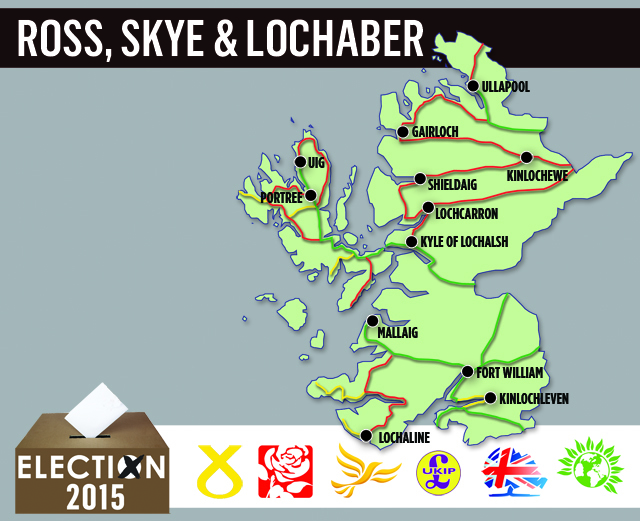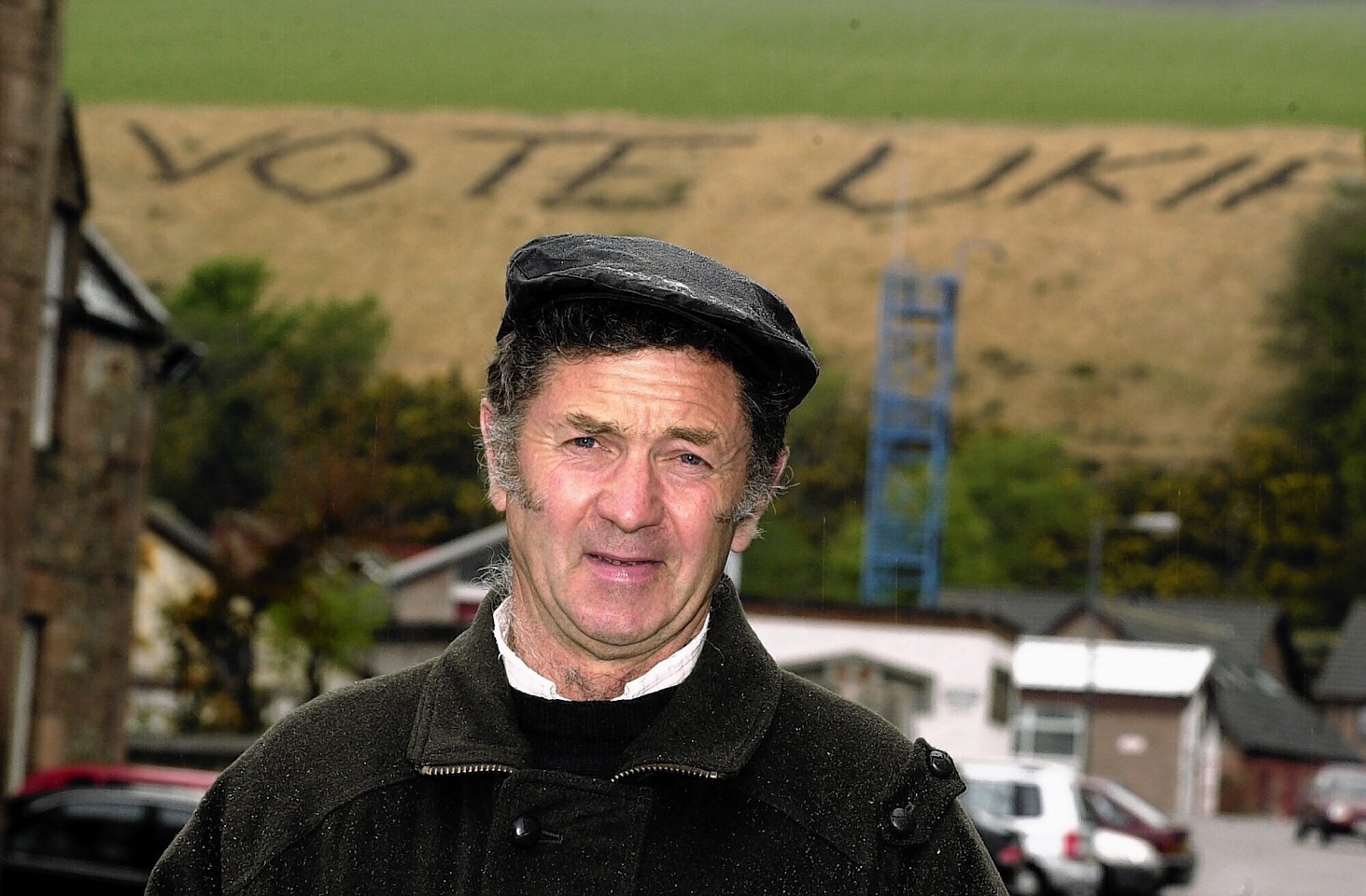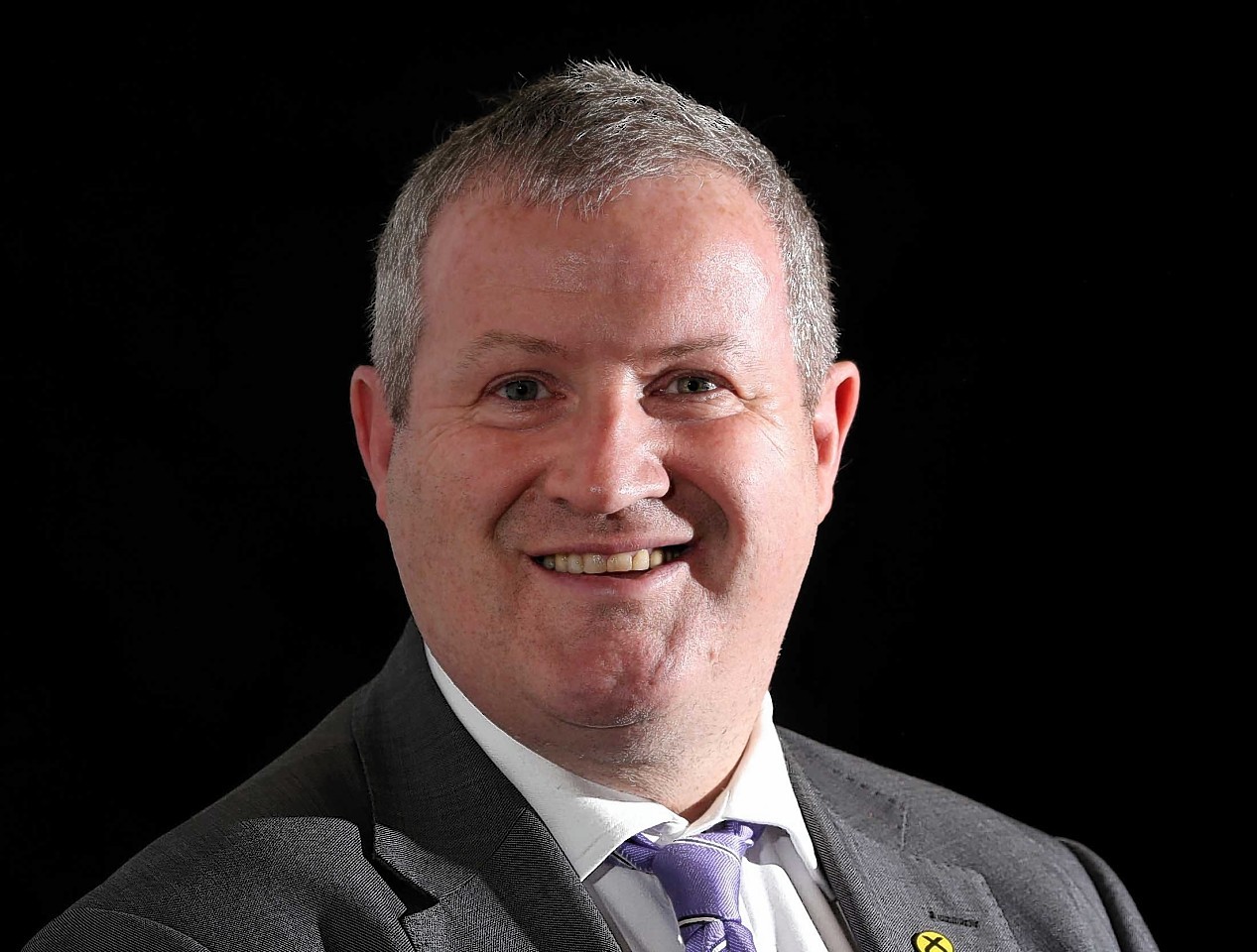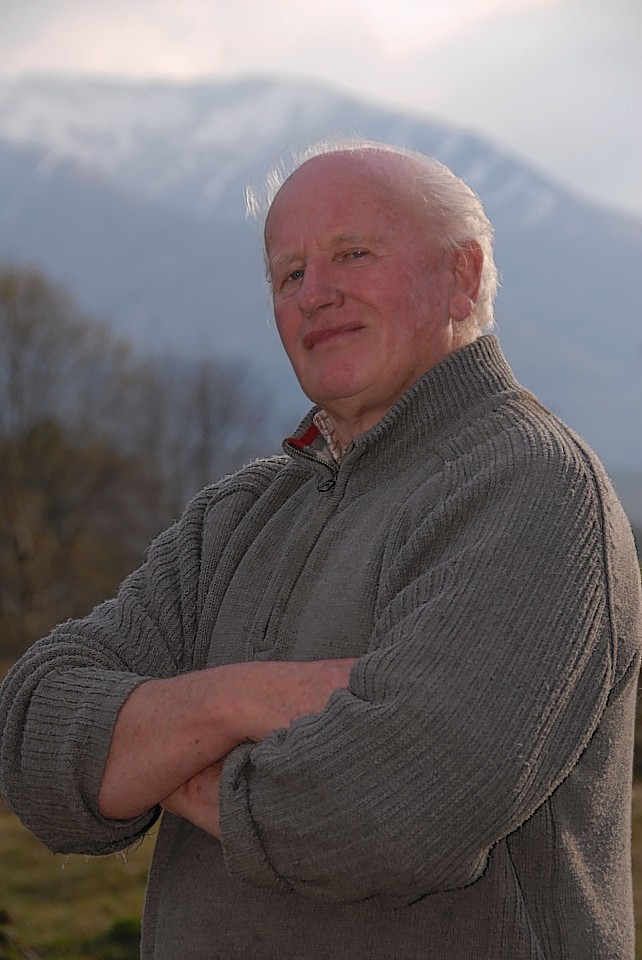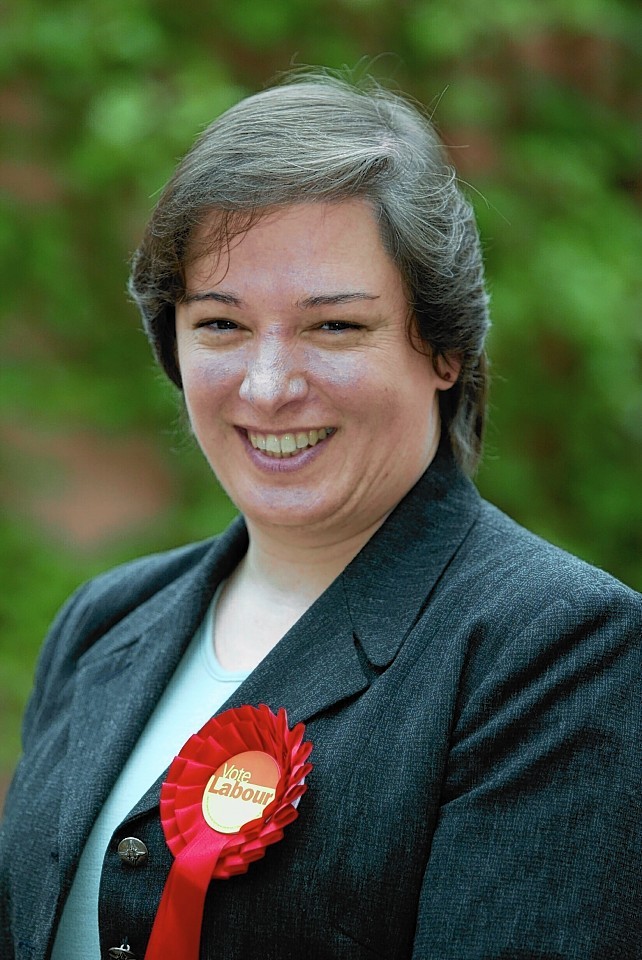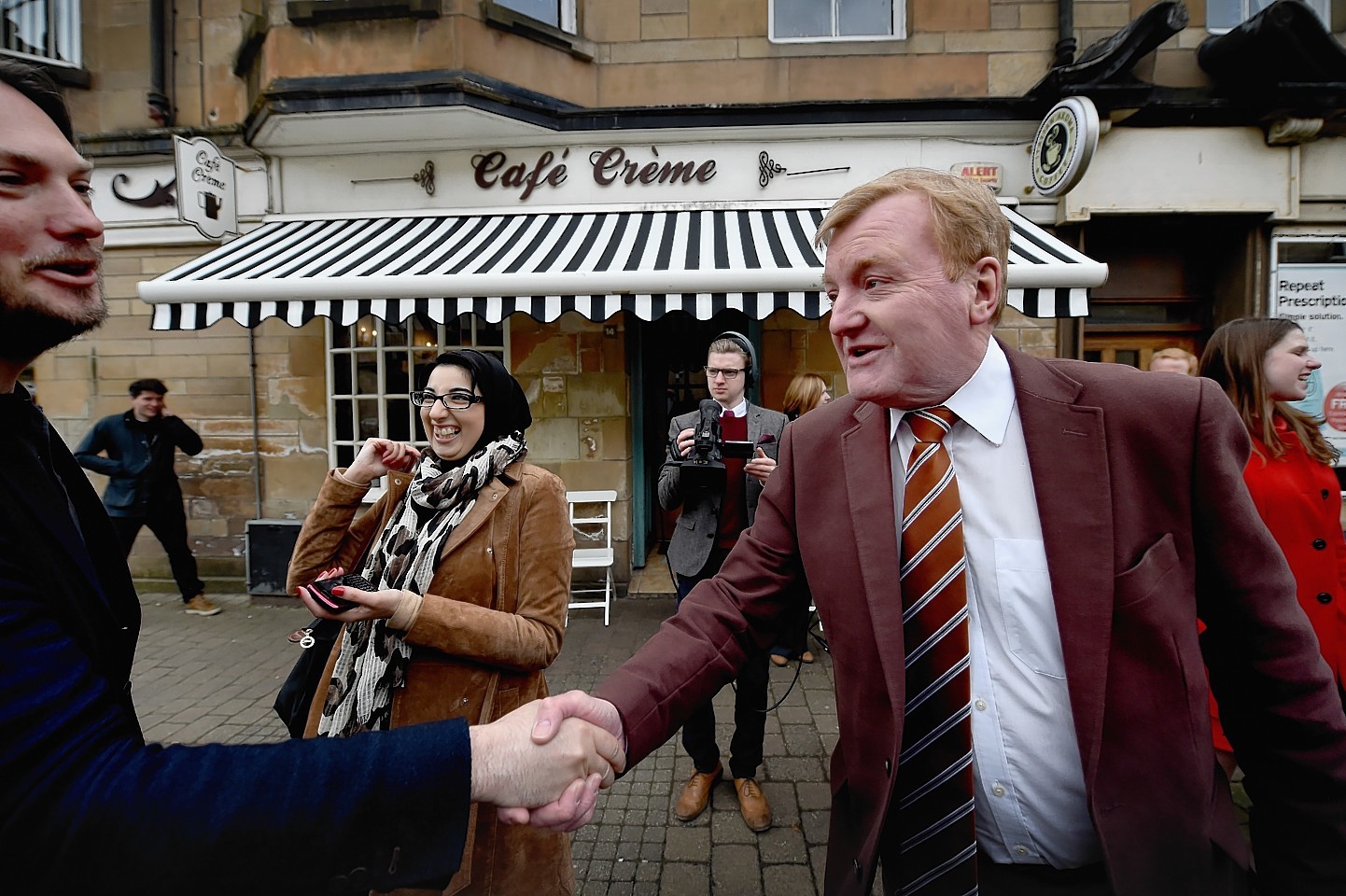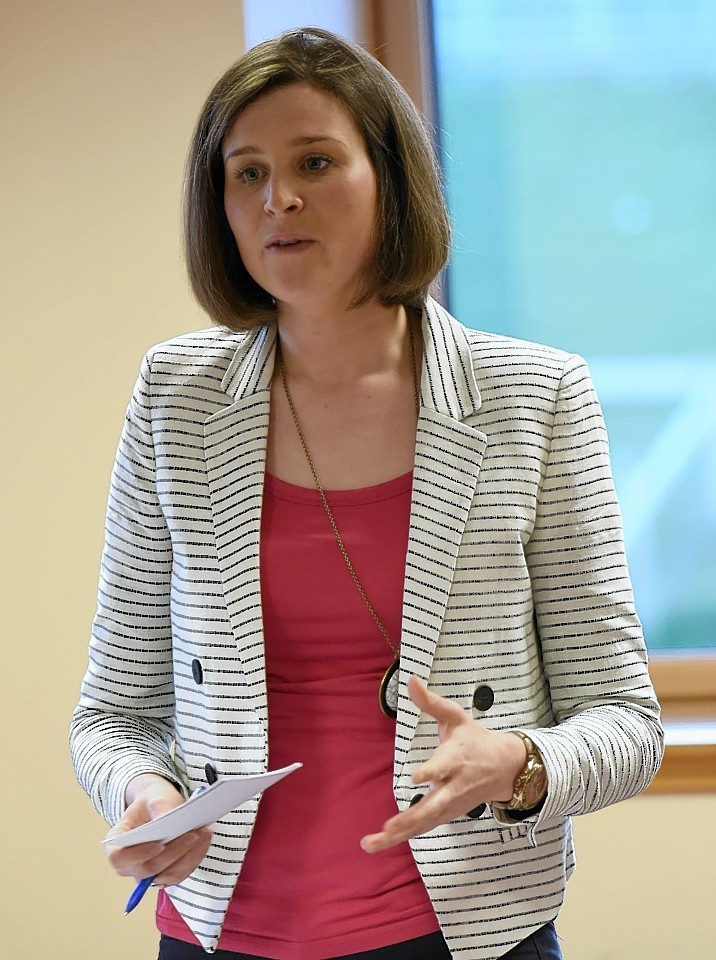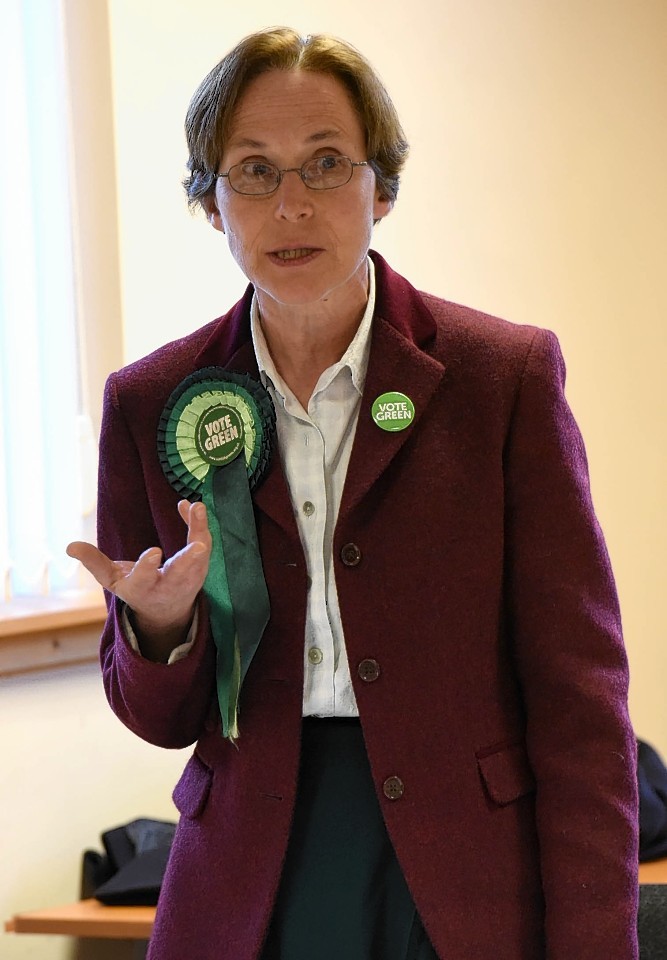Ross, Skye and Lochaber is Britain’s biggest constituency, and its iconic mountains and glens could provide the backdrop to one of the biggest shocks in the country on election night.
Sprawling over almost 4,600 square miles, the seven candidates have their work cut out covering this seat.
They already know the area well, however, as it is the only contest in northern Scotland in which all the prospective MPs registered addresses are in the constituency they will contest.
The pressing issues of the day vary greatly from the Black Isle villages and Dingwall in the east, where residents are within an easy commute to Inverness city, to some of the UK’s most remote communities in the west, such as the Small Isles and Knoydart.
The state of the roads, electricity prices and mobile and broadband coverage are all being raised on the doorsteps, the candidates report.
Tourism is also key in a constituency where the country’s highest mountain Ben Nevis towers over the seat’s biggest town, Fort William, and visitors flock to the Isle of Skye, the “Harry Potter railway” to Mallaig, and Ullapool.
The area has also boasted one of the most high-profile MPs in the country for more than three decades in the shape of Charles Kennedy, the former Liberal Democrat leader.
But that could be about to change, if the polls are to be believed.
A glance at the numbers shows why, even in this most unpredictable of elections, defeat for Mr Kennedy on May 7 would cause a sharp intake of breath across much of the country.
The Fort William-raised politician won more than half of the votes in the constituency in 2010, giving him a 13,070 majority that on paper makes it the second safest of all 57 Liberal Democrat seats in the UK, behind only Orkney and Shetland.
And unlike his colleagues such as Nick Clegg and Danny Alexander, Mr Kennedy is less likely to be punished at the ballot box because of the party’s alliance with the Conservatives, having been on the sidelines of the coalition and often a critic.
Add into the mix that “Chat-show Charlie” has a status as a national TV personality that is the envy of most politicians, and has won the seat and its predecessors at seven consecutive elections, and it is easy to see why his bid for an eighth victory should have been a formality.
This is not like any of those other contests, however.
The closest the former Lib Dem leader has come to losing since his first victory in 1983 was when his majority was cut to 4,019 by Labour’s Donnie Munro, the former lead singer of Runrig, in 1997.
But last week, an in-depth poll by Tory peer Lord Ashcroft had Mr Kennedy trailing by 15 points behind the SNP’s Ian Blackford, a businessman from Skye who used to be the party’s treasurer.
Last year’s independence referendum and subsequent SNP surge looms large in the constituency, as it does across the entire country, and evidence of the effect can be witnessed on the ground in the noticeably higher number of posters and stickers in people’s windows.
The Nationalists will hope to tap into any sense that Mr Kennedy has become complacent about the seat after so many years, and highlight his low attendance record at Westminster.
Opponents on social media also questioned a recent performance by Mr Kennedy on Question Time, and the alcohol problem that ended his leadership of the Lib Dems.
“Time for a change” is Mr Blackford’s election slogan, and he reports that it is having “resonance” on the doorstep, although the swing he requires for victory remains hugely challenging.
The contest has already become heated at times, with Mr Blackford furious at Mr Kennedy’s claim that he was an “Edinburgh banker”.
Mr Kennedy – who was dealt a major blow earlier this month by the death of his father – admits privately that it is going to be a tough fight.
His team is hoping that Labour and Conservative voters tactically switch to him to shut out the SNP.
Labour finished runner-up in the constituency and its predecessors at the last four elections, however.
So the party’s candidate Chris Conniff, a project officer for Aultbea Regeneration Company who stood against Mr Kennedy in 2005, will be unlikely to acquiesce.
Neither will the Tory candidate Lindsay McCallum, who grew up on a farm near Munlochy and is the daughter of long-serving Highland councillor Isobel McCallum.
While this election might be the first time many Highland voters hear Ms McCallum’s name, it is unlikely to be the last.
A rising star who the party is likely to want to get to Holyrood next year, the 29-year-old will use the campaign to build on the experience she has already gained in her role as chief of staff to Scottish Conservative leader Ruth Davidson.
While the SNP surge is making all the headlines, the Scottish Greens have enjoyed their own rise in support since the referendum, with membership in the Highlands increasing from 150 to more than 900.
Candidate Anne Thomas, a speech therapist and Black Isle community campaigner, will hope that is reflected on May 7.
Philip Anderson, a farmer also from the Black Isle, has been campaigning for Ukip since long before it became a significant player in British politics.
He is standing in the seat for a fourth time, and aims to continue a trend of increasing his votes tally at every election.
Independent candidate Ronnie Campbell, a Lochaber crofter, will stand in the seat for a second election.
Candidates
Ukip
Philip Anderson
Age: 73
Profession: Farmer
SNP
Ian Blackford
Age: 53
Profession: Businessman
Independent
Ronnie Campbell
Age: 84
Profession: Crofter
Labour
Chris Conniff
Age: 53
Profession: Project officer for Aultbea Regeneration Company
Liberal Democrat
Charles Kennedy
Age: 55
Profession: Politician
Conservative
Lindsay McCallum
Age: 29
Profession: Ruth Davidson’s chief of staff
Green
Anne Thomas
Age: 52
Profession: Speech therapist
2010 results
Charles Kennedy, Liberal Democrat, 18,335
John McKendrick, Labour, 5,265
Alasdair Stephen, Scottish National Party, 5,263
Donald Cameron, Conservative, 4,260
Eleanor Scott, Green, 777
Philip Anderson, UK Independence Party, 659
Ronnie Campbell, Independent, 279
